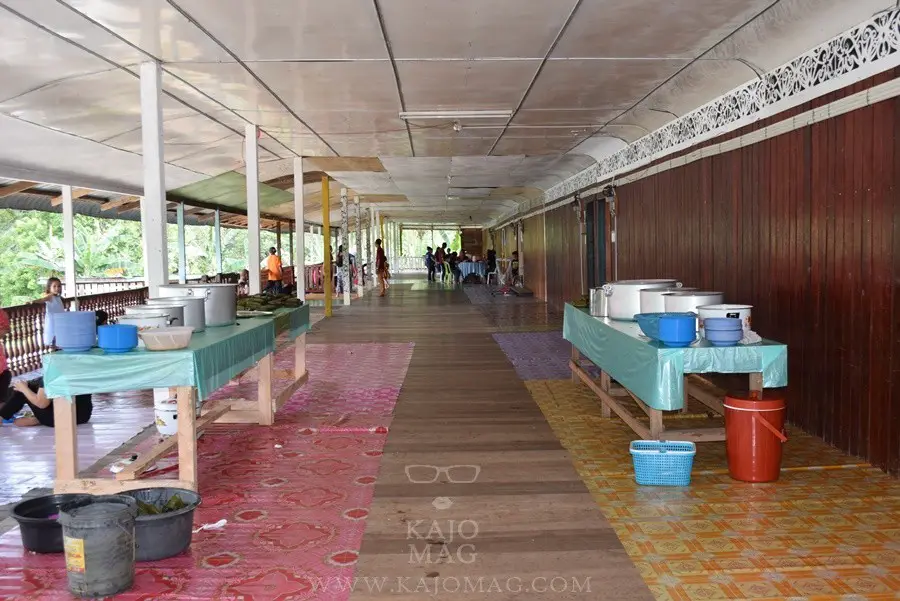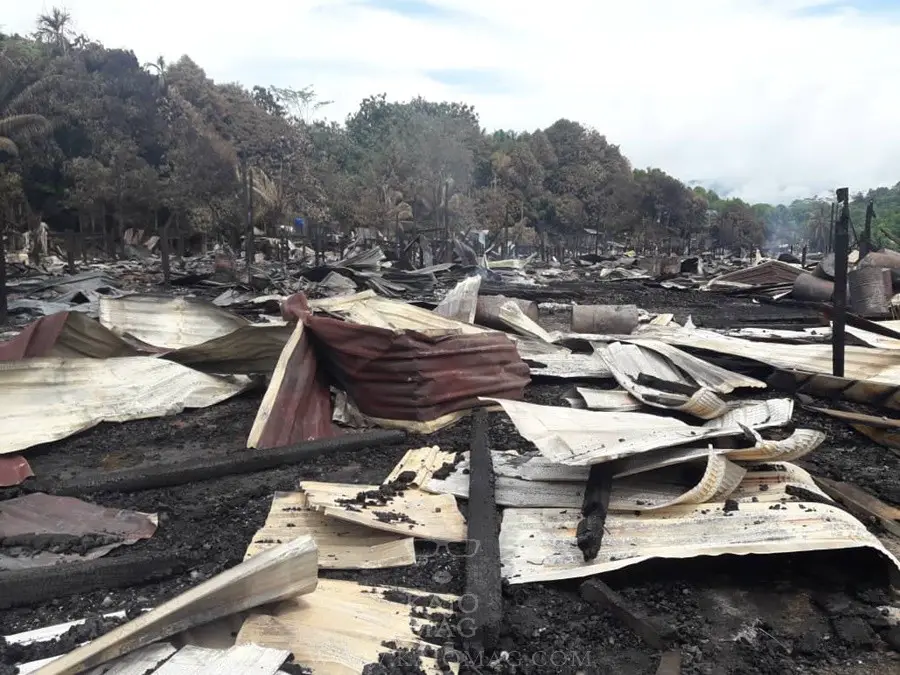William Somerset Maugham (or better known as W. Somerset Maugham) was a famous British novelist and short story writer.
Although he was a practicing physician, the art of writing called to him after his first novel Liza of Lambeth sold out quickly.
During the first World War, Maugham served with the Red Cross before he was recruited into the British Secret Intelligence Service.
Maugham’s life as a travel writer
It was during this period when he travelled to India and Southeast Asia. Even after the war ended, Maugham continued to journey to India, Southeast Asia, China and the Pacific.
Instead of jotting down his account into a travel piece, Maugham observed people, collected stories and turned them into works of fiction.
The author travelled mostly with his secretary (and lover) Frederick Gerald Haxton. Maugham was known for his shyness and introversion but thanks to Haxton’s extrovert personality, he was able to gather material for his stories.
In 1921, Maugham and Haxton made their way to the Malay Peninsula, Singapore and Borneo, exploring this region for six months.
They returned again to Southeast Asia in 1925 where they travelled for another four months.
Loosely based on these trips, Maugham published two books of short stories namely The Casuarina Tree (1926) and Ah King (1933).
Two out of the six stories (“Before the Party” and “The Yellow Streak”) in The Casuarina Tree were based in Borneo.
While he mainly used imaginary characters in his stories, Maugham based some of the plots on his own personal experience, particularly in “The Yellow Streak” in which he described was “based on a misadventure” of his own in Simanggang (now Sri Aman).

Maugham’s “The Yellow Streak”
“The Yellow Streak” follows Izzart, a snobbish guy who is put in charge of the safety of a mining engineer named Campion hired by the fictional sultan of Sembulu to discover mineral possibilities in Borneo.
After a meeting upriver, their boat encounters an accident with a tidal bore:
“In a moment the waves were upon them. It was a great wall of water that seemed to tower over them, and it might have been ten or twelve feet high, but you could measure it only with your horror. It was quite plain that no boat could weather it. The first wave dashed over them, drenching them all, half filling the boat with water, and then immediately another wave struck them. The boatmen began to shout. They pulled madly at their oars and the steersman yelled an order. But in that surging torrent they were helpless, and it was frightening to see how soon they lost all control of the boat. The force of the water turned it broadside on and it was carried along, helter-skelter, upon the crest of the bore. Another great wave dashed over them and began to sink.”
The real-life tidal bore of Sri Aman

Sri Aman is famous for its benak, which means tidal bore in Malay, of the Batang Lupar river. The bore comes in from the river mouth and fills up the river rapidly in approximately 10 minutes.
According to Department of Irrigation and Drainage Sarawak, the tidal bore can travel up to 45km passing Sri Aman until it ends at Berangan.
The wave crest in Batang Lupar can rise up to almost 10 feet high (or 3.04 metres). Unlike other places in the world, Sri Aman’s tidal bore is the only one that happens everyday. However, the really big ones happen only a couple of times a year.
Perhaps Maugham was unfortunate to face off with one of the big ones.






















































